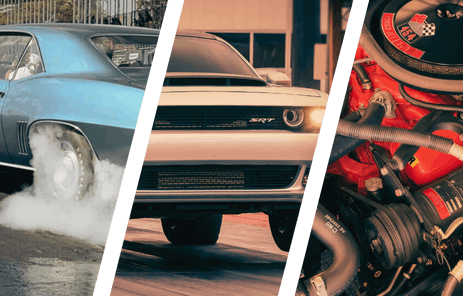Working on building a custom frame for your hot rod, custom car or truck? Any sort of welding job can create havoc and frustration for the novice or experienced welder if things are not set up properly. Even the most experienced welder can get into a hurry and forget to have all his (or her) ducks in a row every day. That’s why Lincoln Electric offers a full roster of tips and tricks to keep us all mindful of how to be the best we can be when it comes to cutting or joining metal.
 Beginning welders, as well as the more experienced, often run into hassles with weld distortion. This is a troublesome problem for quite a few reasons, but probably the most crucial is the potential to create a weld that’s not structurally sound.
Beginning welders, as well as the more experienced, often run into hassles with weld distortion. This is a troublesome problem for quite a few reasons, but probably the most crucial is the potential to create a weld that’s not structurally sound.
Weld distortion is a result of the expansion and contraction of the weld metal and the base metal during the heating and cooling cycle of the welding process. Performing all the welding on one side of a part causes much more distortion than when you weld alternately on one side and then the other.
During the heating and cooling cycle, many factors affect the shrinking of the metal and lead to distortion. These factors include the physical and mechanical properties that change as the heat is applied. This article will help you to understand these factors and how to set up the parts you are welding, control your welder and your technique to help keep weld distortion from ruining your next project.
Check out the Lincoln Electric website and Facebook page for more helpful instructional articles and tips on better welding.
You might also like
PRI 2025: Drop Valvetrain Weight Using PBM Titanium Valves
PBM enters the valve market with their titanium valves that reduce reciprocating weight, ensuring precise valve control.



